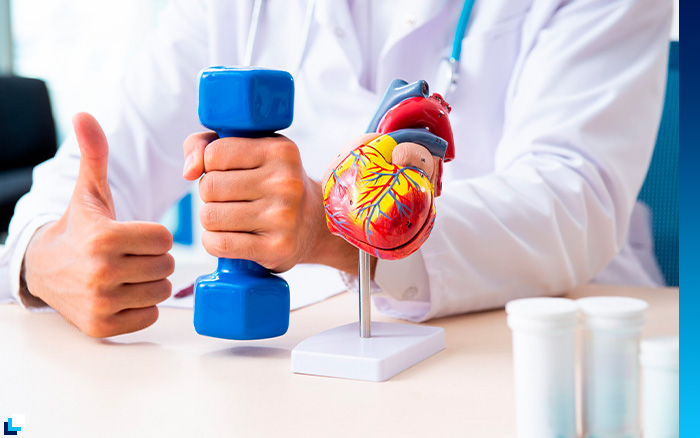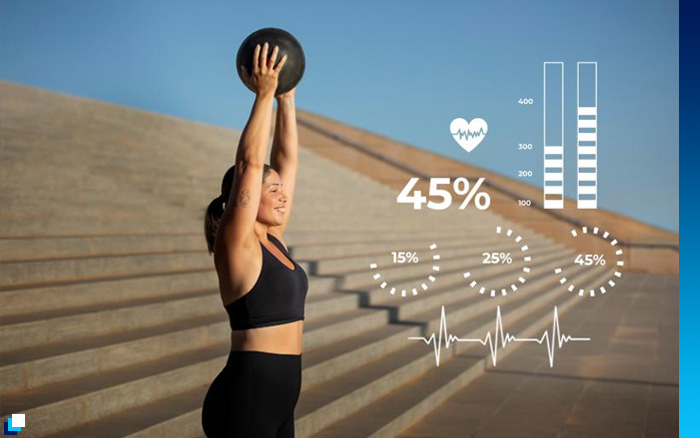The Impact of Daily Physical Activity on Cholesterol and Cardiovascular Health
Physical activity goes beyond aesthetic goals or the pursuit of greater endurance. Every movement triggers internal processes that reshape the balance of fats in the blood and optimize cardiovascular health.
Science confirms that regular exercise produces biological changes capable of making a real difference in the prevention of heart attacks, strokes, and other heart-related conditions that affect modern society.
Far from being a superficial recommendation, exercise becomes a true natural shield for the heart. Its effects are deep and lasting, as it impacts arterial function and helps prevent silent risks that can threaten life.
Exercise and Cardiovascular Health: What Science Says
According to the Harvard T.H. Chan School of Public Health, consistency in physical activity helps keep blood vessels healthy and significantly lowers harmful cholesterol, a key factor in preventing cardiovascular diseases.

Regular exercise not only strengthens muscles and bones but also transforms the lipid profile in the blood, which is essential for preventing heart disease.
According to Verywell Health and Harvard, frequent physical activity raises HDL (“good”) cholesterol and lowers LDL (“bad”) cholesterol, promoting cleaner arteries and a reduced risk of heart attack and stroke.
HDL vs. LDL Cholesterol: What Happens in the Body?
HDL Cholesterol (good): acts as a natural cleaning system, transporting excess LDL from the blood to the liver, where it is processed and eliminated. Exercise raises HDL levels, reducing plaque formation and, consequently, the risk of cardiovascular disease.
LDL Cholesterol (bad): although necessary in small amounts, when present in excess it contributes to atherosclerosis, restricts blood flow, and can lead to heart attacks or strokes. Studies indicate that increased physical activity can reduce LDL by 3 to 6 mg/dL.
The American Heart Association even recommends prescribing exercise to adults with slightly elevated blood pressure and cholesterol as a form of primary prevention.

Exercise, Lipids, and Triglycerides
Exercise also optimizes the use of fats as an energy source, reducing unhealthy cholesterol and triglycerides. Depending on intensity and duration, triglycerides can drop by up to 30%, lowering combined risks when LDL is high or HDL is low.
How Much Exercise Is Needed to Protect the Heart?
International guidelines from the WHO and the American Heart Association recommend:
- 150 minutes per week of moderate aerobic exercise (brisk walking, cycling, swimming, rowing, elliptical).
- 75 minutes per week of vigorous activity (running, jump rope, HIIT, intense gardening).
- 2 or more strength training sessions per week (squats, lunges, push-ups, pull-ups, weightlifting).

Beyond Cholesterol: Overall Benefits of Exercise
In addition to regulating cholesterol and triglycerides, regular physical activity helps to
- Keep blood pressure under control.
- Reduce inflammation and improve vascular function.
- Regulate blood glucose levels.
- Improve clotting and body composition.
- Lower the risk of cardiovascular mortality by up to 36%.

Conclusion: Every Movement Counts
Scientific evidence is clear: regular physical activity is one of the most powerful tools to protect cardiovascular health. Whether walking, running, swimming, or lifting weights, every minute of movement strengthens the heart and reduces the silent risks that threaten life.
